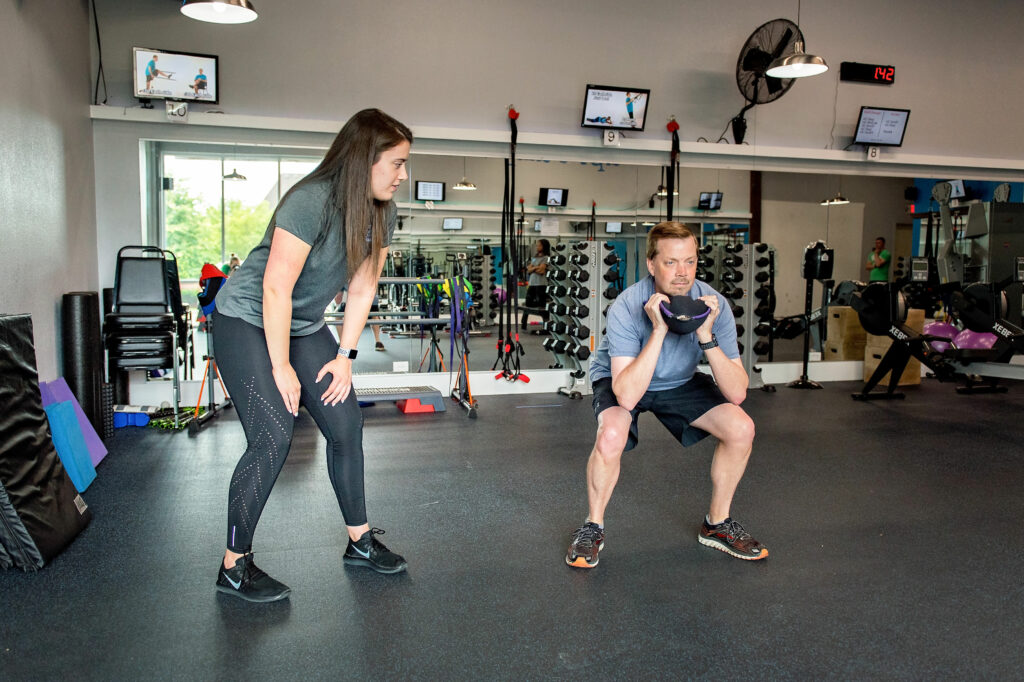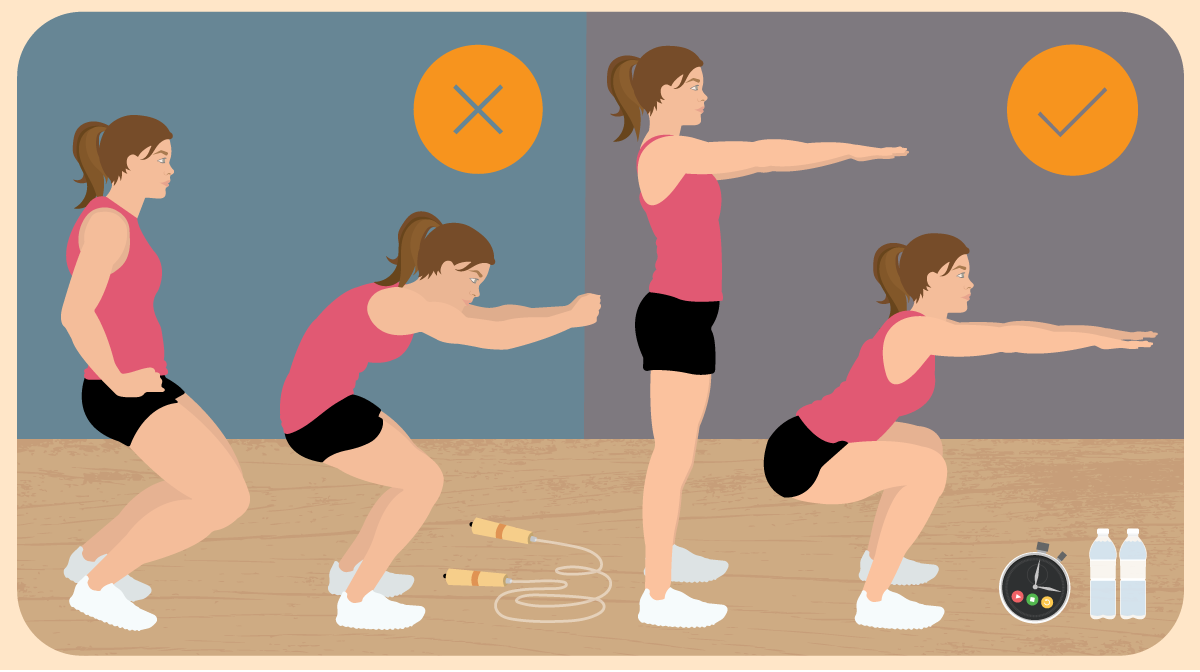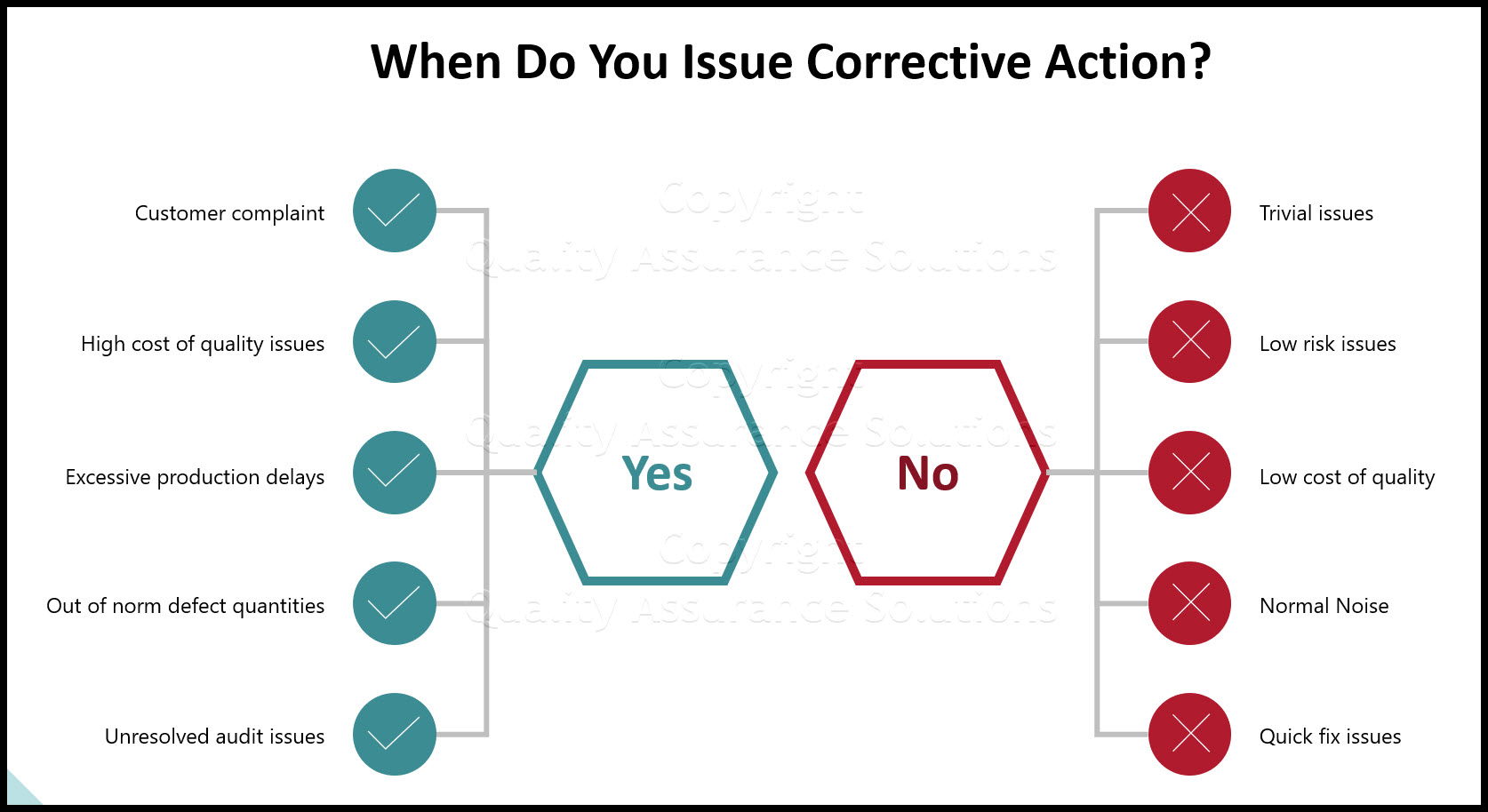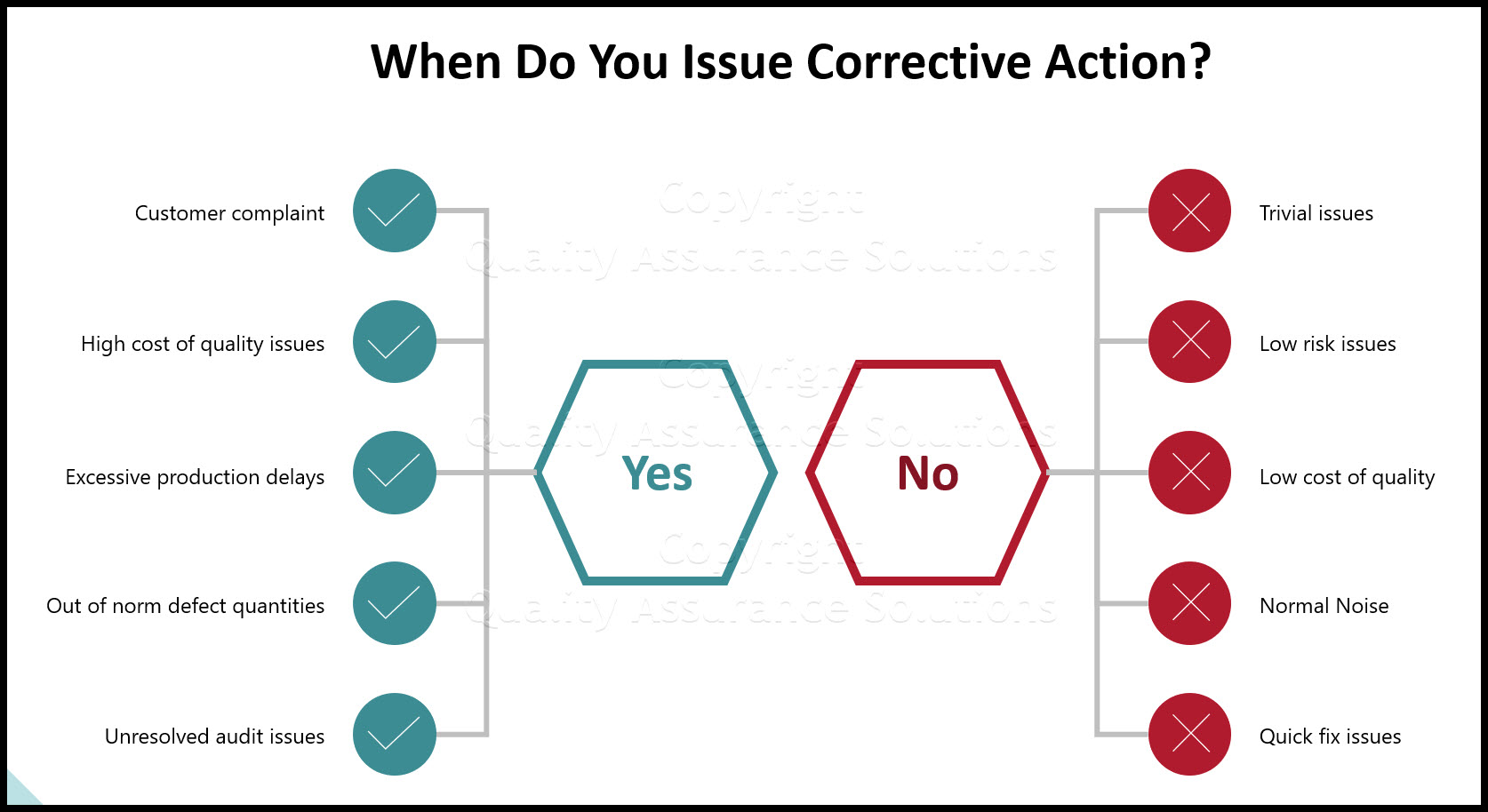What Is Form In Physical Fitness?
Table of Contents
Physical fitness isn’t just about lifting weights, running, or doing cardio exercises; it’s about how you perform those movements. Whether you’re an athlete, a fitness enthusiast, or just beginning your fitness journey, you’ve likely encountered the term “form” in the gym. But what exactly is form in physical fitness, and why is it so vital? In this comprehensive guide, we’ll delve into the world of form, exploring its significance and how to ensure you’re performing exercises with proper form to maximize your fitness gains.
Understanding the Essence Form in Physical Fitness

Form, within the realm of physical fitness, defines the way you execute an exercise or movement. It encompasses alignment, posture, and technique, ultimately determining the effectiveness of your workout and minimizing the risk of injury. Good form ensures that you’re engaging the specific muscle groups you intend to target while keeping you safe. On the other hand, poor form can lead to unproductive workouts, muscle imbalances, and a heightened risk of injuries.
It’s important to note that form is not a one-size-fits-all concept. The specific requirements of each exercise dictate the form necessary for proper execution. To grasp the importance of form, let’s delve deeper into how it influences your fitness journey.
The Significance of Proper Form

- Injury Prevention: One of the most compelling reasons to prioritize form in your fitness routine is injury prevention. Poor form can exert unnecessary stress on your joints, ligaments, and tendons. Over time, this stress can result in overuse injuries, such as tendonitis or stress fractures, which can be debilitating and hinder your progress.
- Maximized Muscle Engagement: Utilizing proper form ensures that you’re effectively targeting the intended muscle groups. For instance, during a squat, maintaining correct posture and alignment will engage your quadriceps, hamstrings, and glutes as intended. Poor form can shift the focus to the wrong muscles or place undue strain on your lower back.
- Efficiency and Effectiveness: When you perform an exercise with proper form, you maximize the benefits of each repetition. Correct form enables you to lift more weight, complete more repetitions, and achieve superior results. It’s all about making your workout as efficient as possible.
- Balanced Development: Consistently practicing good form helps ensure balanced muscle development. Muscle imbalances can lead to a host of issues, including poor posture, increased risk of injury, and decreased athletic performance. Proper form is the antidote to these imbalances.
Common Form Mistakes

Before we dive into the specifics of maintaining proper form in various exercises, it’s essential to recognize some common mistakes people make. Identifying these errors can help you correct your form and make the most of your workout potential.
- Overarching or Rounding the Back: Many exercises require a neutral spine position. Overarching or rounding your back can place excessive stress on the spine, potentially leading to injuries. For example, during deadlifts, rounding your lower back can result in herniated discs.
- Knees Caving Inward: When squatting or lunging, allowing your knees to cave inward can strain the knee joints and increase the risk of injury.
- Not Engaging Core Muscles: A strong core is essential for stability and support during various exercises. Failing to engage your core can lead to poor posture and diminished strength.
- Using Momentum: Using momentum to complete an exercise, such as swinging weights during curls, diminishes the effectiveness of the movement. It’s essential to perform exercises with controlled, deliberate motions.
- Overextension or Hyperextension: Overextending your joints, such as locking out your elbows during push-ups or knees during leg extensions, can strain the joints and lead to injury.
- Incomplete Range of Motion: Failing to complete the full range of motion during an exercise limits its effectiveness. It’s crucial to execute exercises through the entire range to engage the targeted muscles fully.
Maintaining Proper Form in Different Exercises

Proper form varies from one exercise to another, so let’s explore some common exercises and how to ensure you’re performing them correctly.
1. Squats
Squats are a fundamental lower body exercise that can be performed with various equipment, such as a barbell, dumbbells, or just your body weight. To maintain proper form:
- Stand with your feet shoulder-width apart.
- Keep your chest up and shoulders back..
- Maintain a neutral spine and ensure your knees track in line with your toes.
2. Deadlifts
Deadlifts are a compound exercise that engages multiple muscle groups, including the lower back, hamstrings, and glutes. To ensure proper form:
- Bend at your hips and knees to reach the barbell, keeping your back flat and chest up.
- Stand up straight and reverse the motion to return the bar to the ground.
3. Lunges
To perform lunges with proper form:
- Stand with your feet hip-width apart.
- Take a step forward with one leg, keeping your chest up and shoulders back.
- Bend both knees until the front thigh is parallel to the ground, and the back knee hovers just above the floor.
4. Bench Press
To maintain proper form:
- Lower the bar to your chest, keeping your elbows at a 45-degree angle to your body.
- Push the bar back up to the starting position, ensuring it moves in a straight line.
Correcting Form Issues

If you’re uncertain about your form or have identified issues in your exercise technique, consider seeking guidance from a certified fitness professional. They can provide valuable feedback and suggest adjustments to improve your form.
Additionally, using mirrors or video recording can be helpful for self-assessment. By watching yourself perform exercises, you can pinpoint areas where your form may need correction.
Conclusion:
Proper form is the cornerstone of effective and safe physical fitness. Whether you’re lifting weights, performing bodyweight exercises, or engaging in cardio activities, maintaining good form is non-negotiable. It not only enhances your fitness gains but also reduces the risk of injury, setting the stage for a long and successful fitness journey.
Always remember that it’s better to perform exercises with lighter weights and proper form than to lift heavy weights with poor form. Consistency, patience, and attention to detail in your form will yield better results and keep you on the path to improved strength, flexibility, and overall well-being.
Incorporate the knowledge of proper form into your fitness routine, and you’ll be well on your way to achieving your fitness goals, whether it’s building muscle, losing weight, or simply staying healthy and fit. Form isn’t just a concept; it’s the key to unlocking your full fitness potential. Embrace it, and watch your fitness journey flourish.
For More Information Please Visit These Websites Craiyon And arturia






Canaan Cannon